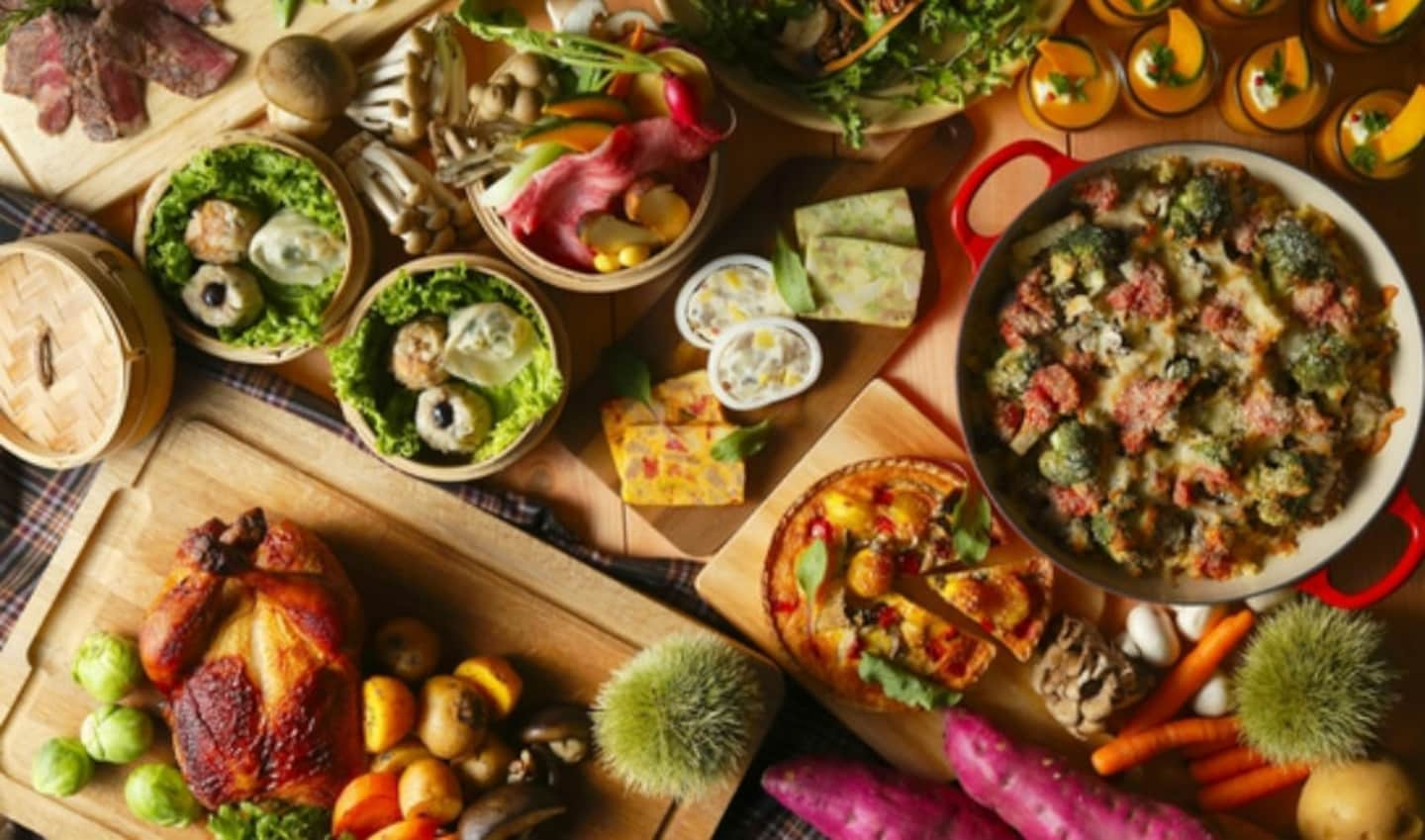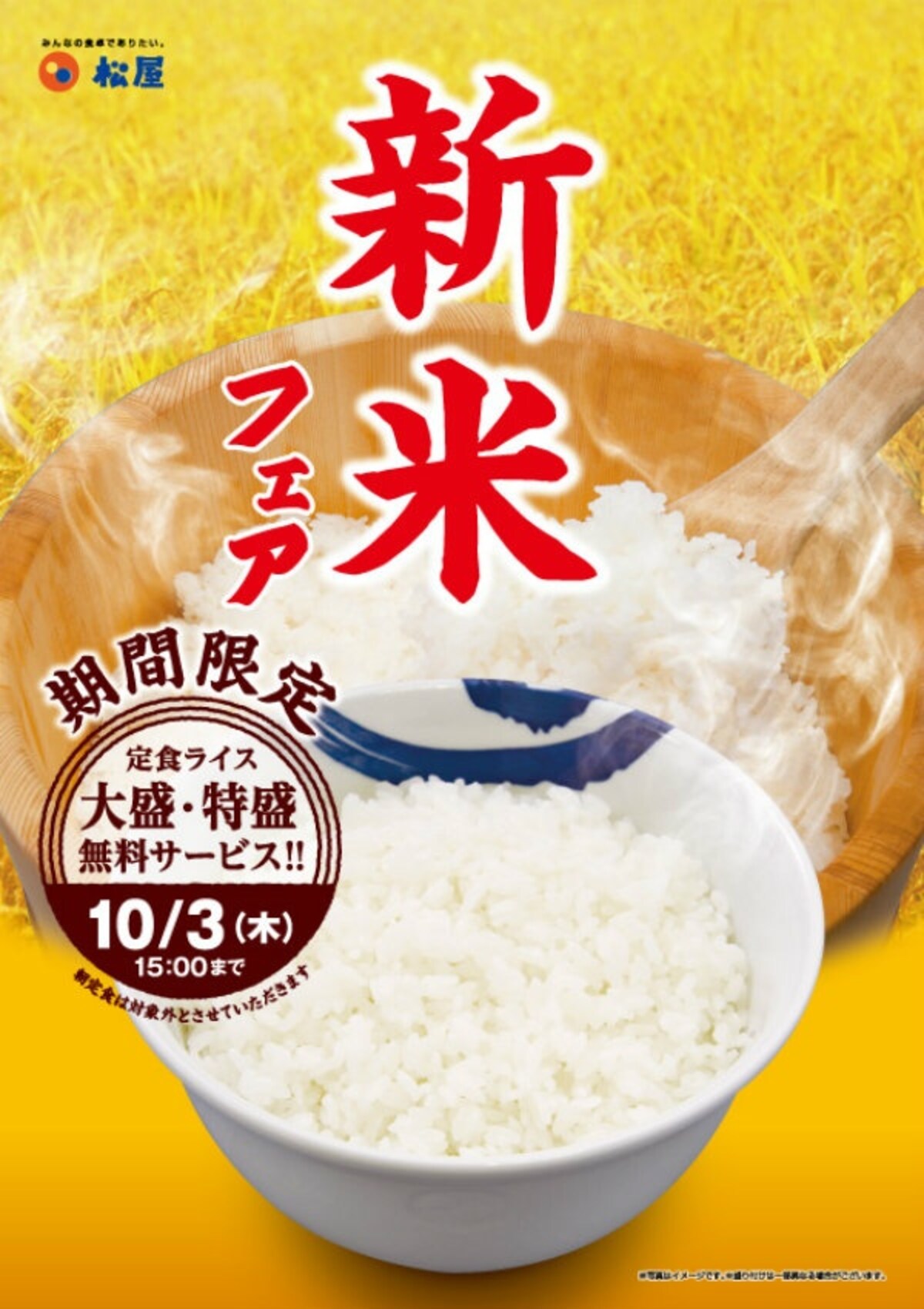Top 5 Japanese Autumn Foods
In Japan, autumn is known as shokuyoku no aki (“autumn of appetite”), meaning that once those leaves start turning colors and the harvests start coming in, it’s time to load your face with some delicious food. That’s why we’re counting down the Top 5 Japanese autumn foods.
By SoraNews245. Eggplant & Sweet Potato
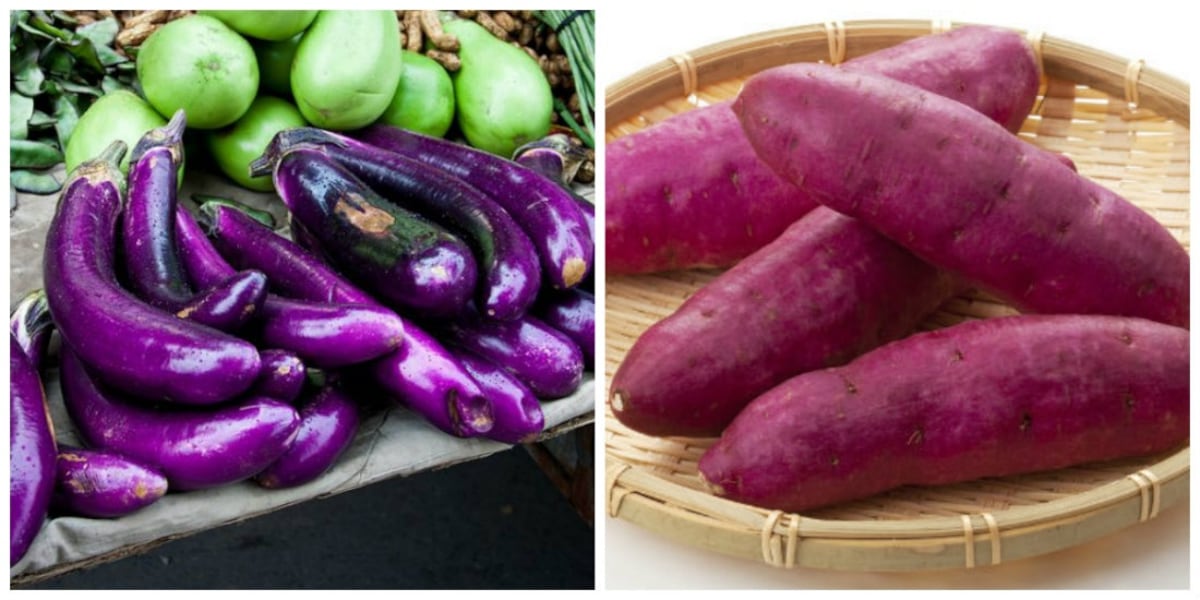
https://www.flickr.com/photos/ahenobarbus/10085414223/
What is considered seasonal food has a lot to do with what is harvested at that time, and in Japan autumn is the time when eggplant and sweet potatoes are popping up out of the ground by the barrel-full.
Not only does that mean they’re at their peak ripeness and deliciousness, but they’re also cheaper than usual due to how plentiful they are, making them autumn staples.
Eggplant in particular is thought of as a “cooling off” food in Japan, perfect for that transition from the sweltering summer into the not-quite-hot but not-quite-cold autumn.
4. 'Matsutake' Mushrooms
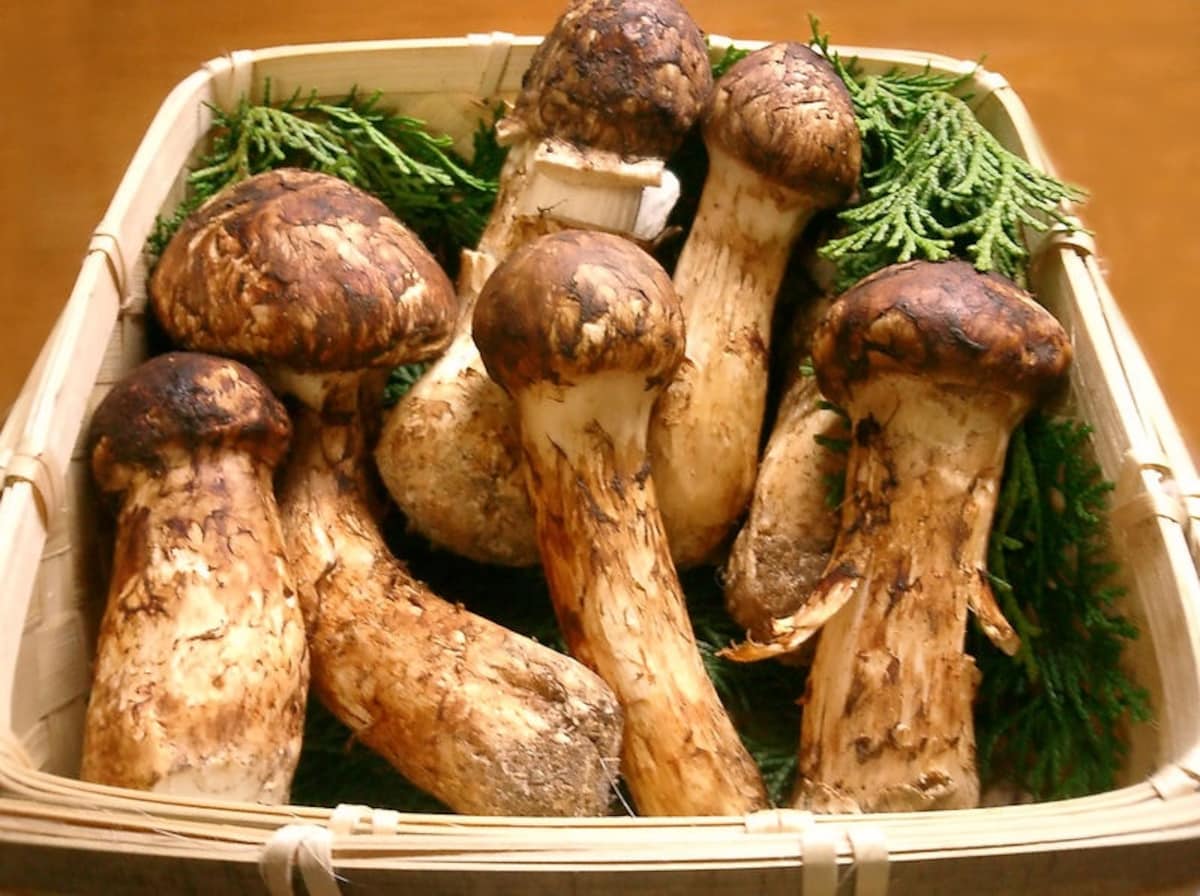
https://ja.wikipedia.org/wiki/%E3%83%9E%E3%83%84%E3%82%BF%E3%82%B1
Ah yes, autumn is in the air and it smells like matsutake mushrooms—a unique blend of spice, fruit, pine and of course, cold hard cash.
Matsutake mushrooms are one of the most expensive autumn indulgences. These guys don’t just pop up on the local mushroom farm; they have never been domesticated and need to be gathered by hand in the wild.
They’re only found growing under fallen leaves in pine tree forests (their name literally means “pine mushroom”), and due to pine trees being under attack by the pine-eating nematode, the mushrooms have become even scarcer over the past fifty years.
3. Pacific Saury
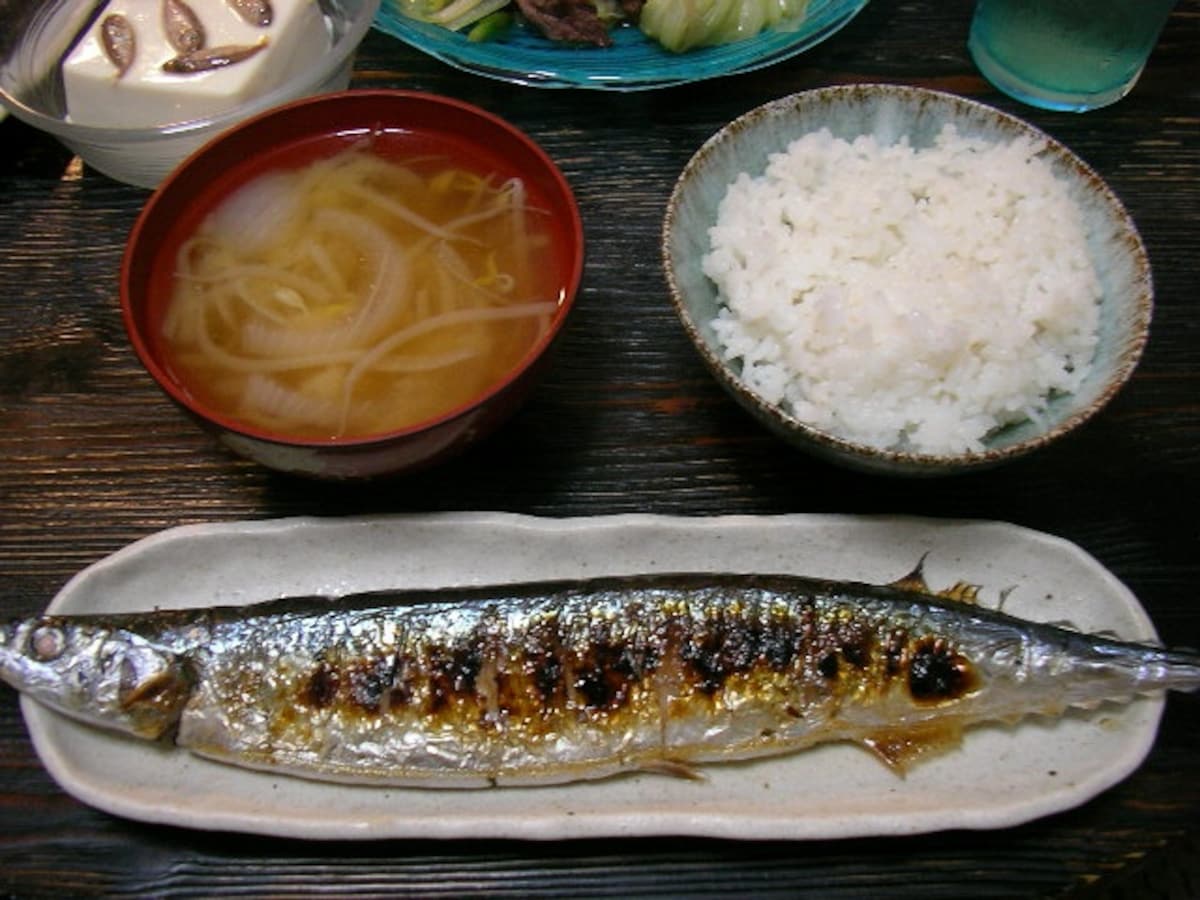
https://en.wikipedia.org/wiki/Pacific_saury
The Pacific saury is so autumn it even has the kanji character for autumn in the Japanese spelling of its name: 秋刀魚 (there it is, the first kanji!). But why is the Pacific saury considered such a big part of autumn when there’s not even any colored leaves in the ocean? One reason: migration season.
Autumn is the time when Pacific saury migrate from the ocean around Japan’s northern area of Hokkaido down to warmer southern waters. When they travel en masse past the central island Honshu, catching them is easier than, well, shooting fish in a barrel.
Similar to eggplant and sweet potatoes, not only are Pacific saury more plentiful and cheaper at this time of year, but they're also at their peak maturity and have double the amount of meat and fat compared to the summer. That one-two punch of abundance and deliciousness makes them a fall-time favorite.
2. Chestnuts
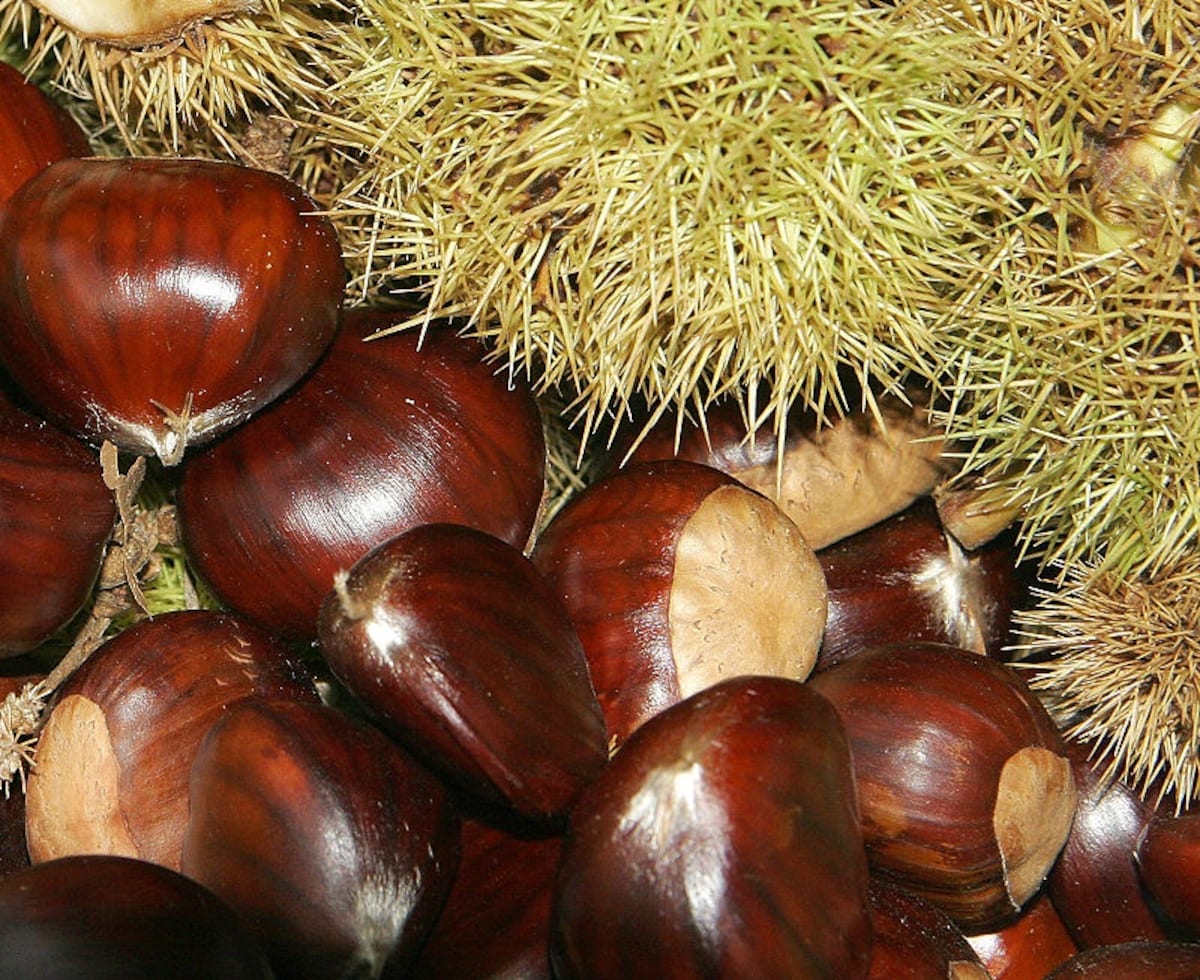
https://en.wikipedia.org/wiki/Chestnut
Ah yes, autumn—the season of nuts. When all those delicious chestnuts fall from the trees, dent our cars, and squirrels stuff their cheeks with them in preparation for winter. Those squirrels are doing something right though, because we humans take after them every year when we shove as many nuts as we can into our own faces.
And it’s no different in Japan. Autumn is the time for chestnuts, which begin their harvest season in September and reach their peak in October. They add a meaty, rich sweetness to foods and are included in lots of desserts.
1. 'Shinmai' (New Rice)
“New rice” isn’t just any old rice. The Japanese Ministry of Agriculture has rules set that rice can only be sold as new rice if it was put up for sale in the same year that it was harvested. Since rice is harvested in autumn, that’s when all the fresh batches of new rice get put out with their red labels to the grocery stores, and everybody scrambles to get the newest of the new rice.
Rice aficionados will tell you that new rice is very different from your typical rice. The grains have more moisture to them, making them softer, stickier, more fragrant, and even have a stronger flavor. Others claim that they can’t really taste the difference, but those are probably the same kind of people who say apple cider tastes like apple juice...
Related Stories:
W.T.F. Japan: Top 5 offbeat Japanese animal cafes
W.T.F. Japan: Top 5 most difficult kanji ever
We try the new Krispy Kreme Halloween doughnuts before their official release!


